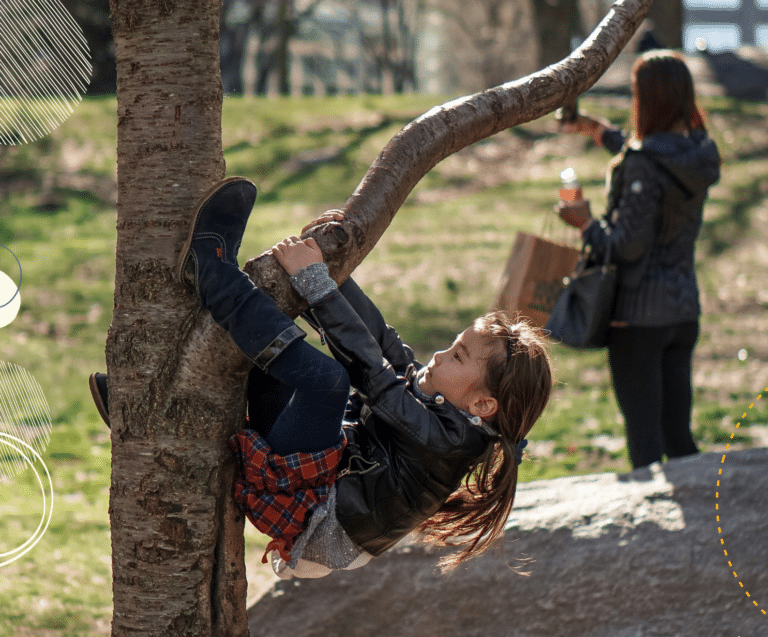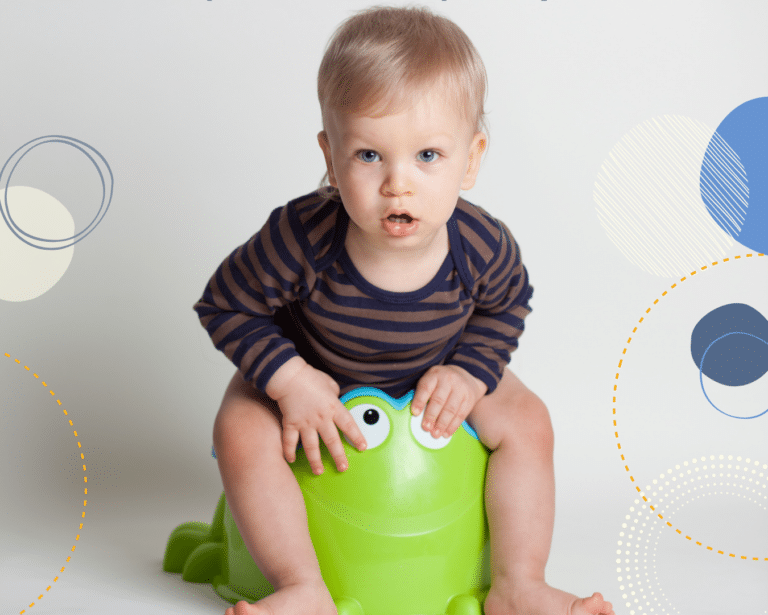Why diverse and inclusive toys are important
Albert Einstein famously said that play is the highest form of research. Play is how young children learn about the world and make sense of it. The information children collect through play informs their beliefs (about themselves and others), their values and their actions. So, giving children access to diverse and inclusive toys and books is impactful.
Playing with diverse and inclusive toys helps children:
- feel like they belong
- be authentic
- develop empathy
- understand the world
1. Seeing themselves reflected
Children learn about themselves through play – so, it’s powerful when they see themselves and their lives reflected in their toys. It builds a sense of belonging and helps them feel good about themselves.
For children from minority or marginalised groups (such as children with disabilities or from minority ethnic groups), or children who may not have a traditional nuclear family set up, seeing themselves and their families reflected in their toys can help validate their experiences and their identity.
For a preschooler, seeing a doll that shares their skin tone and hair type can be a powerful affirmation of their identity and worth. For a child who has two dads (or no Dad at all), reading books in which not all families contain Mum + Dad + two children normalises their experiences and helps them feel included rather than an exception.
Children who do not see themselves represented in the toys they play with may internalize messages of inadequacy, inferiority or invisibility.
2. I can be anything
Children’s toys and books can either reinforce stereotypes (such as girls are nurturing, boys are brave) or they can challenge them. They can narrow children’s options, or widen them.
Diverse and inclusive toys challenge traditional gender and racial stereotypes and provide children with a broader range of role models, encouraging children to explore their interests and passions without limitations. A boy who grows up playing with a kitchen set learns that cooking is for everyone, not just for girls. A girl who enjoys construction toys and tools is more likely to believe that engineering and building are open to her too.
For a child with a disability, an action figure in a wheelchair shows them that they can be heroes too.
Incorporating a wide range of roles and characters in play helps children express themselves authentically and pursue their passions without the constraints of societal expectations.
3. Developing empathy
Diverse and inclusive toys also help build children’s understanding for others. It’s through play that children develop their social and emotional awareness. For example, children often use dolls, teddies and little figures to act out scenes in their play. We call these ‘perspective-taking toys’ because they enable children to step inside different characters in their imagination. That helps young children learn to see the world through someone else’s eyes, developing insight into other people’s experiences. So, when their toys are diverse, we help foster empathy and understanding.
Diverse and inclusive toys break down barriers, helping children accept and embrace differences, promoting kindness and inclusivity.
4. Understanding the world
Having access to toys representing a diverse range of people also encourages children’s imaginative play. They can create richer narratives during playtime – using a wider array of characters – which stimulates their cognitive development and nurtures storytelling and creativity.
Through imaginative play, children can explore different cultures, languages, and traditions. They can step into the shoes of someone with a different background, experiencing the world from a new vantage point. These experiences can lead to a more empathetic worldview, where children grow up valuing and respecting the uniqueness of all individuals.
For parents and educators, inclusive toys can also lead to conversations about diversity and discrimination. These conversations are crucial for teaching children about the importance of acceptance, inclusion, and equality.
If you would like to foster greater diversity or inclusivity in your child’s worldview, you might also like to take a look at these books:






